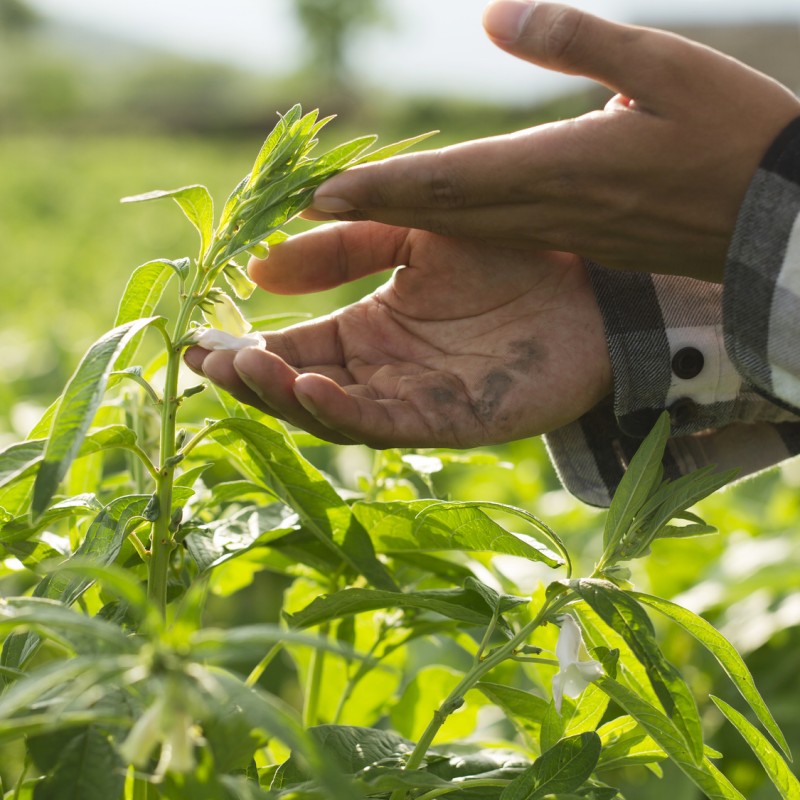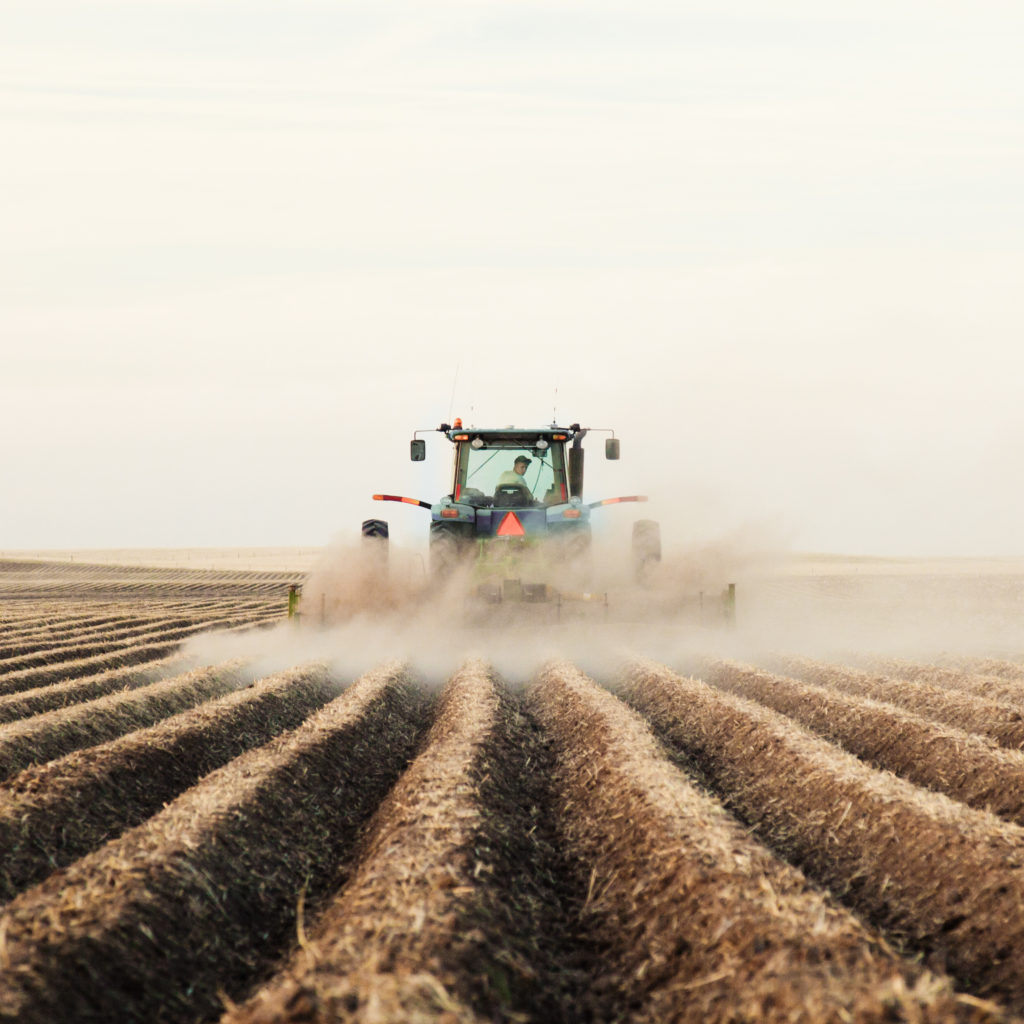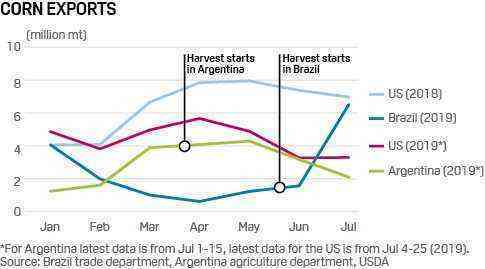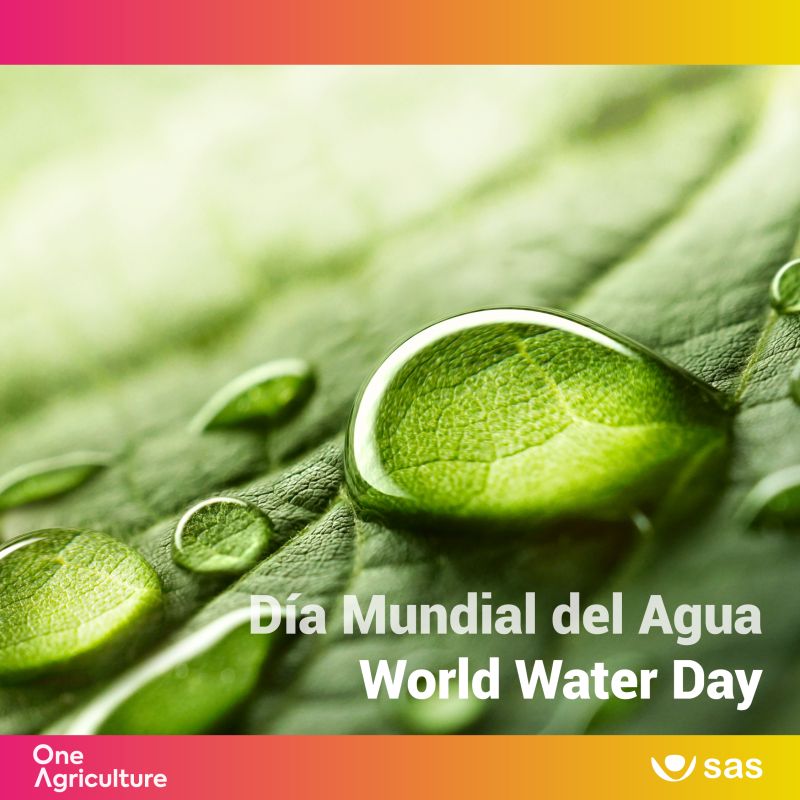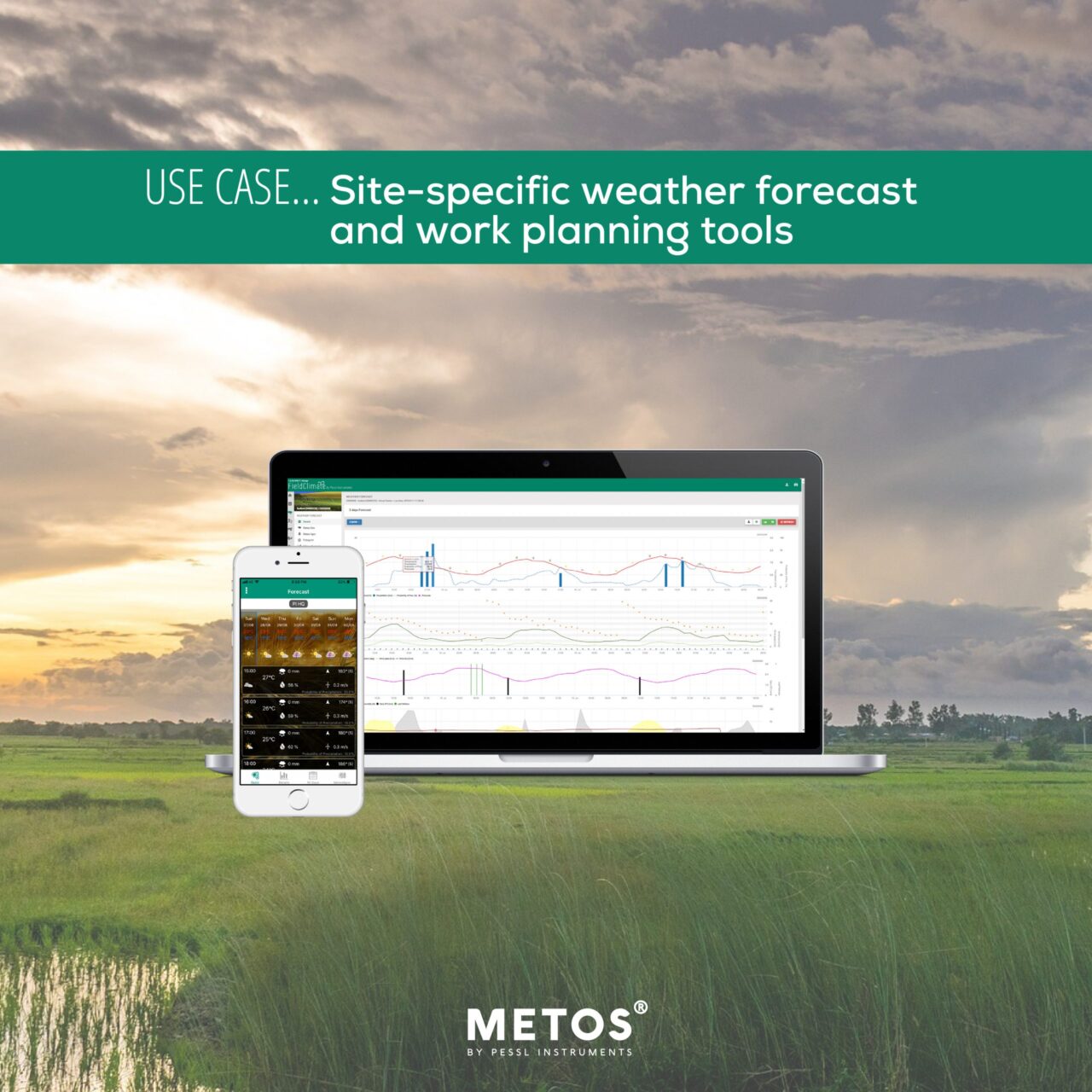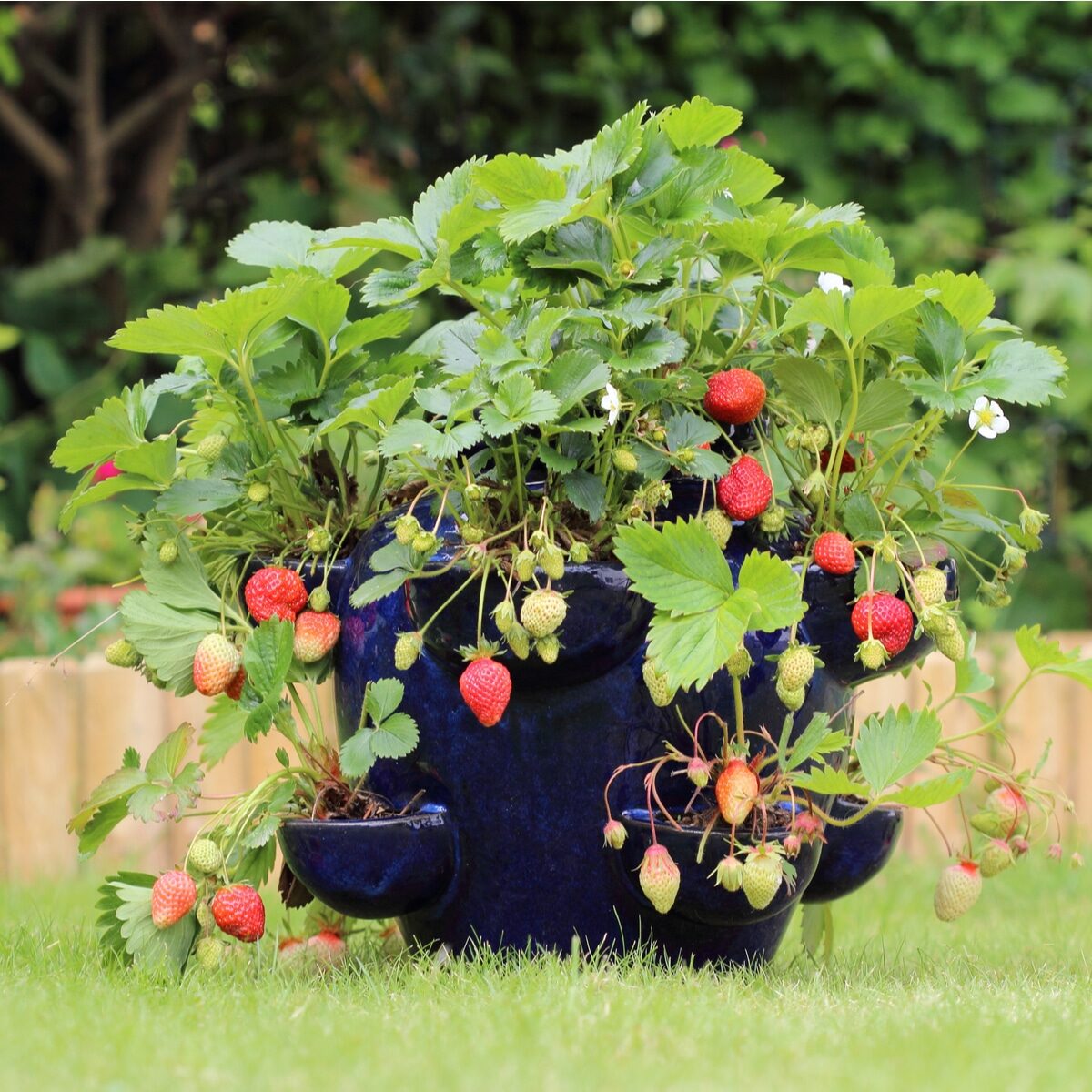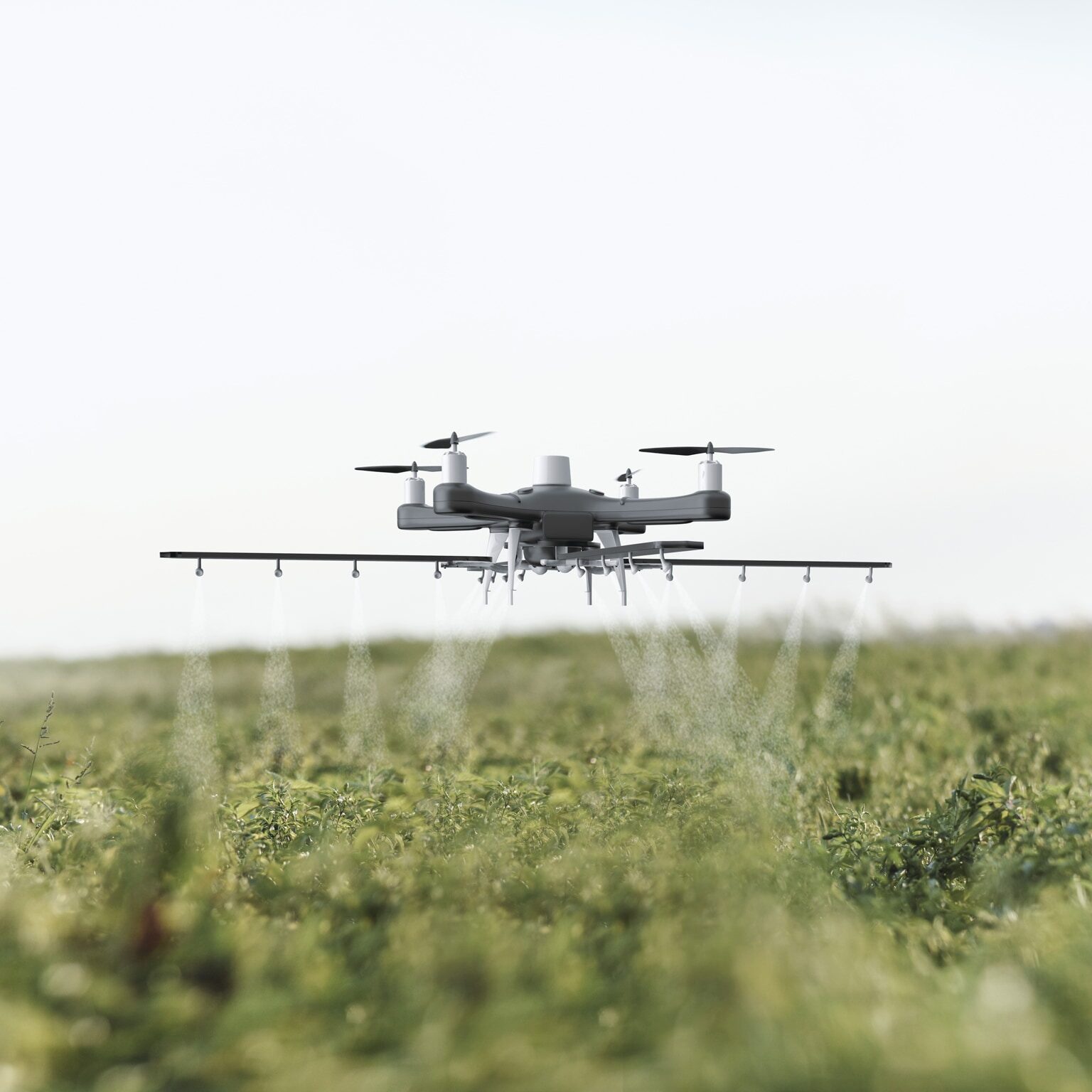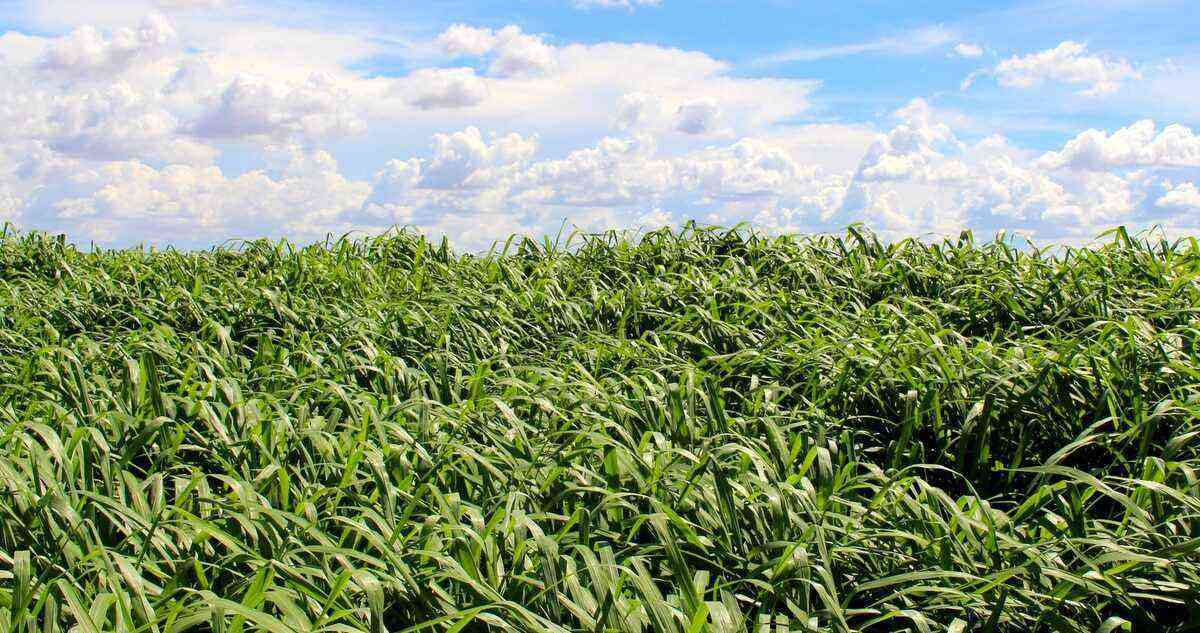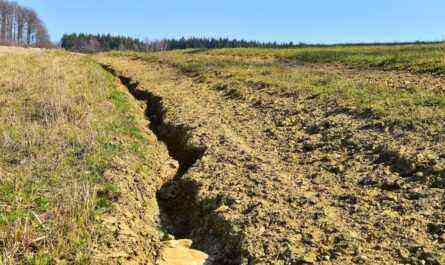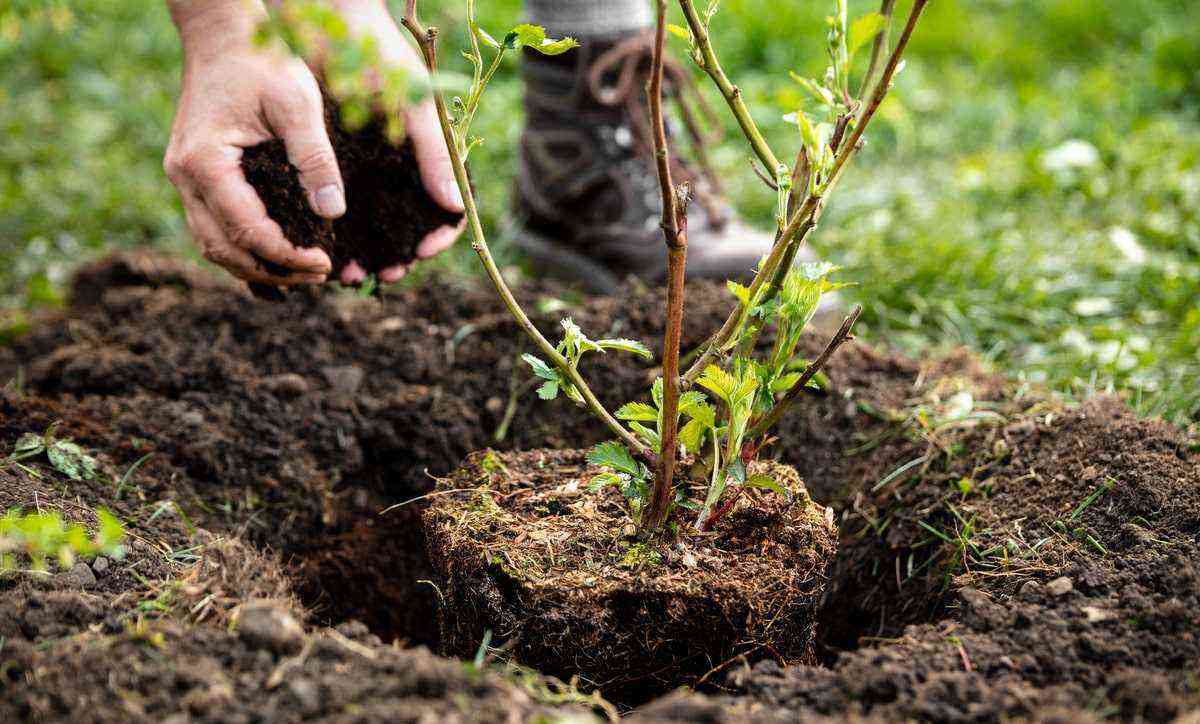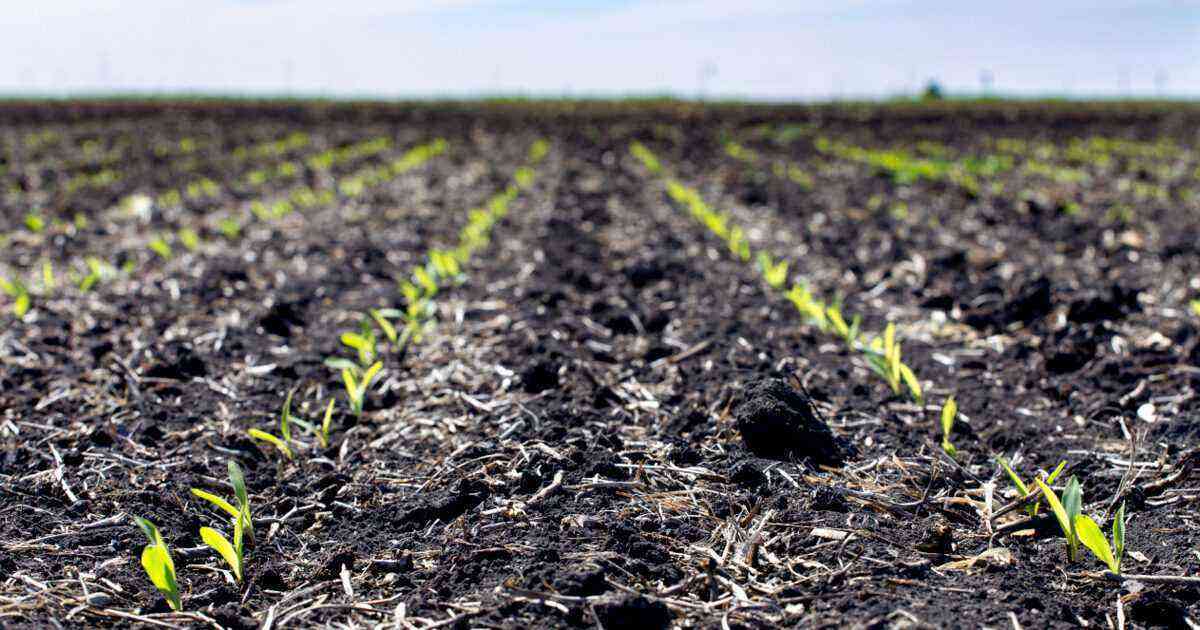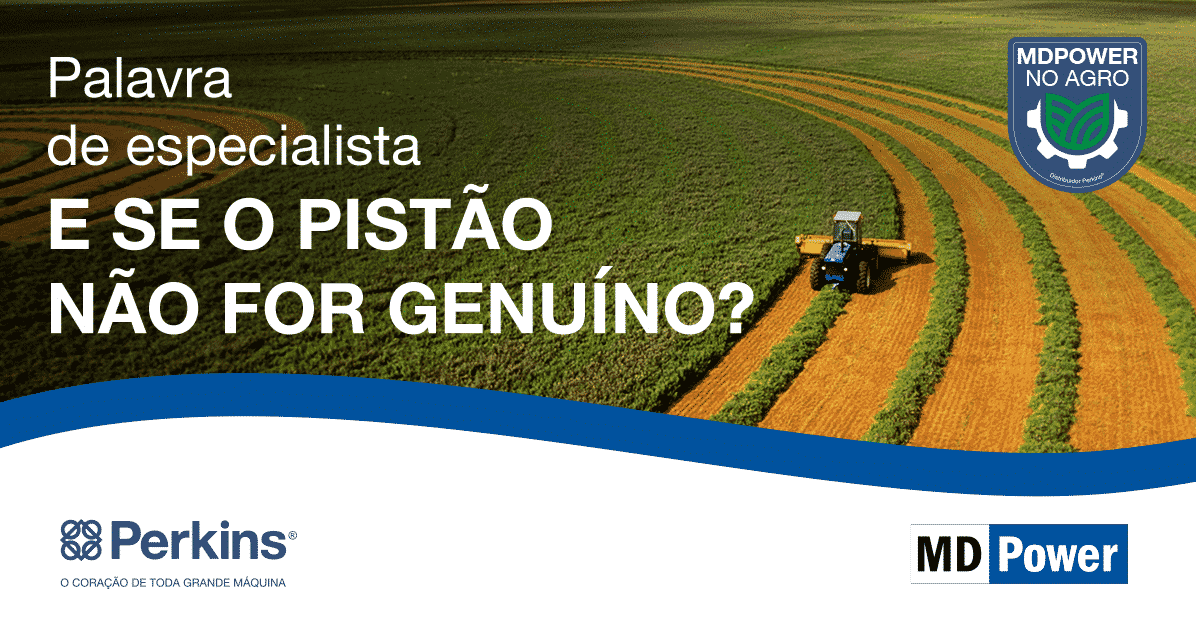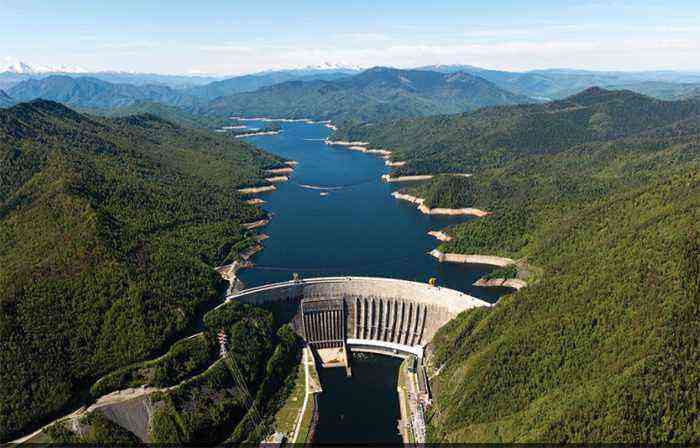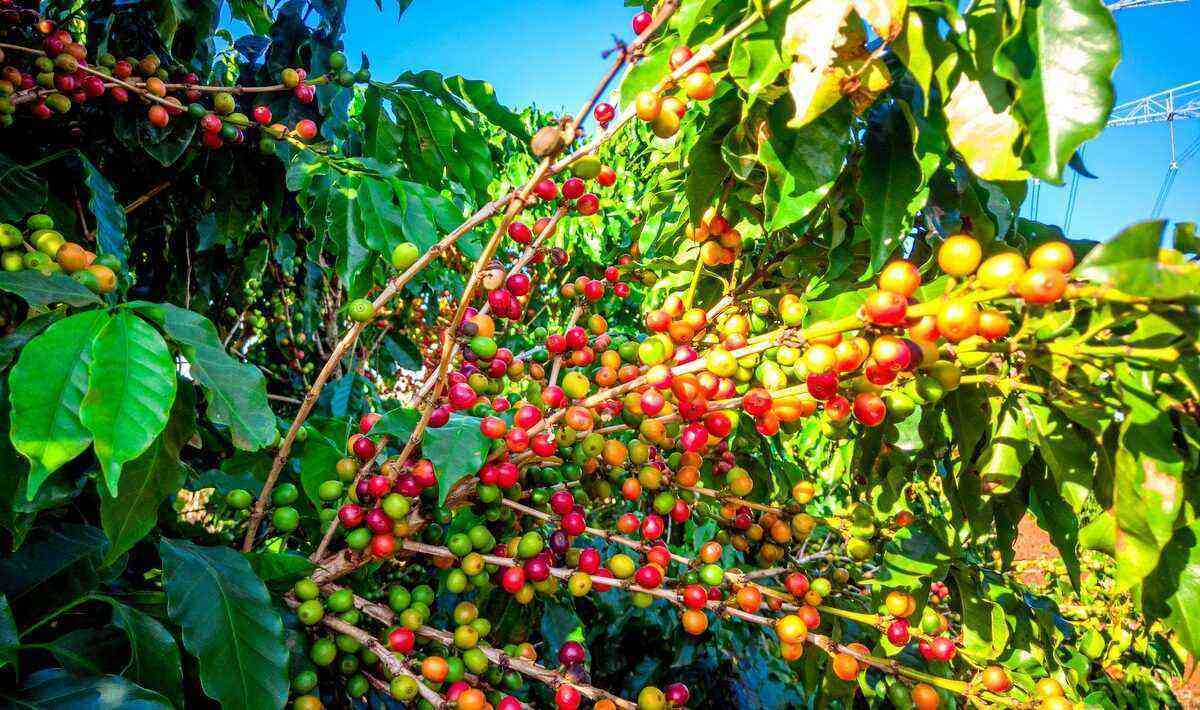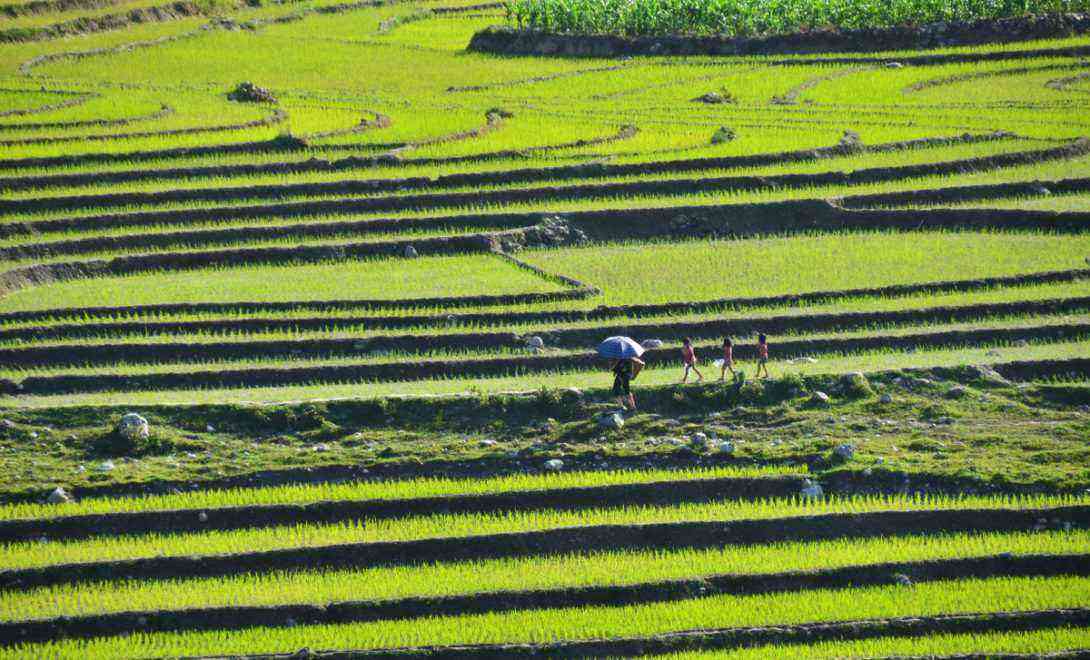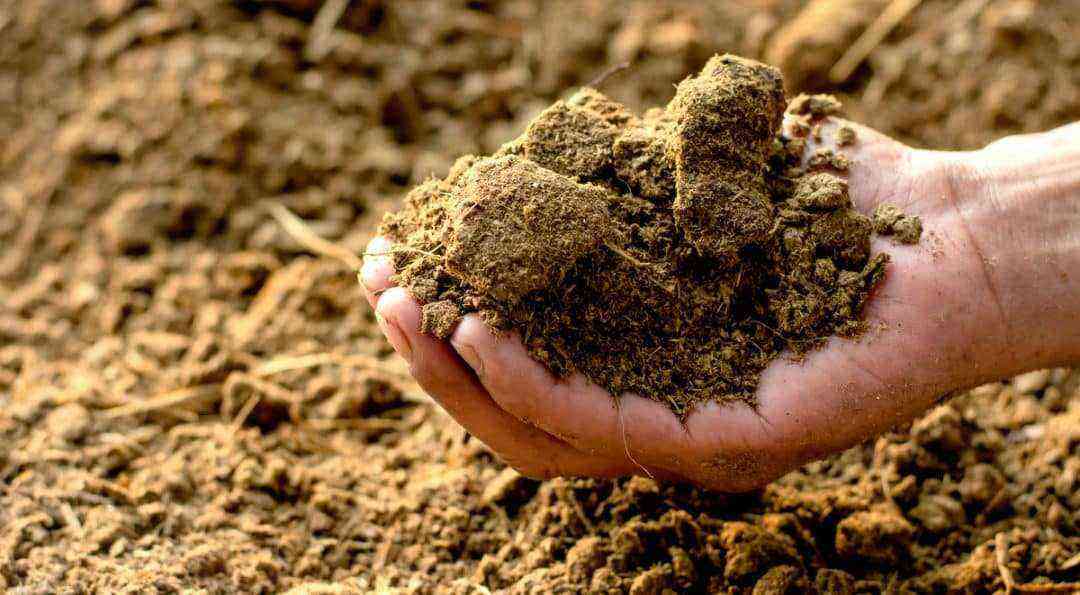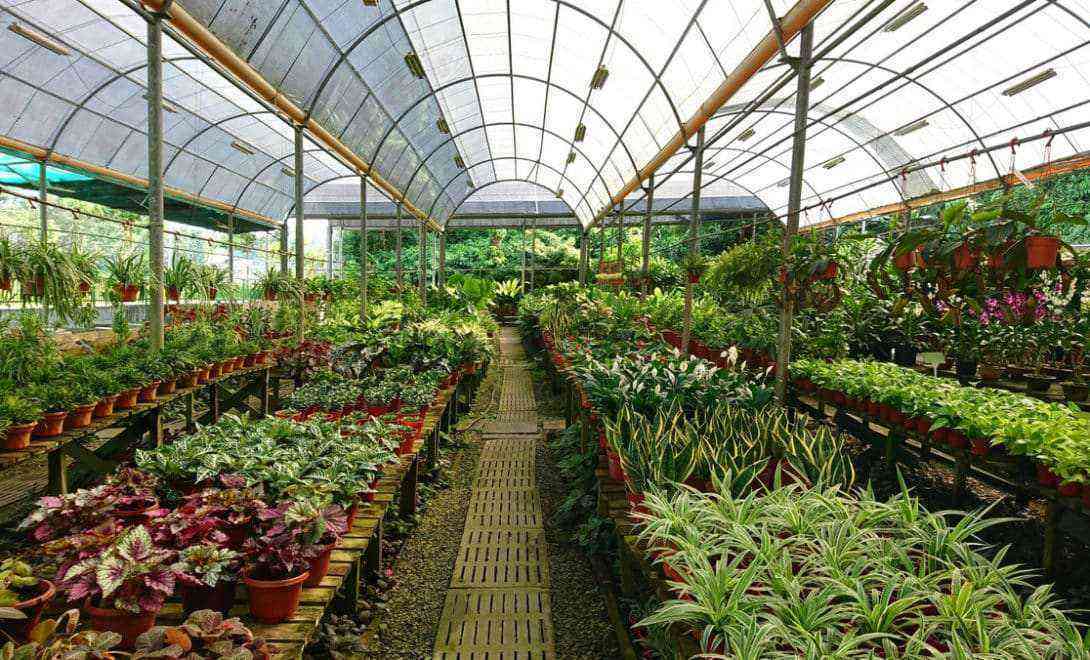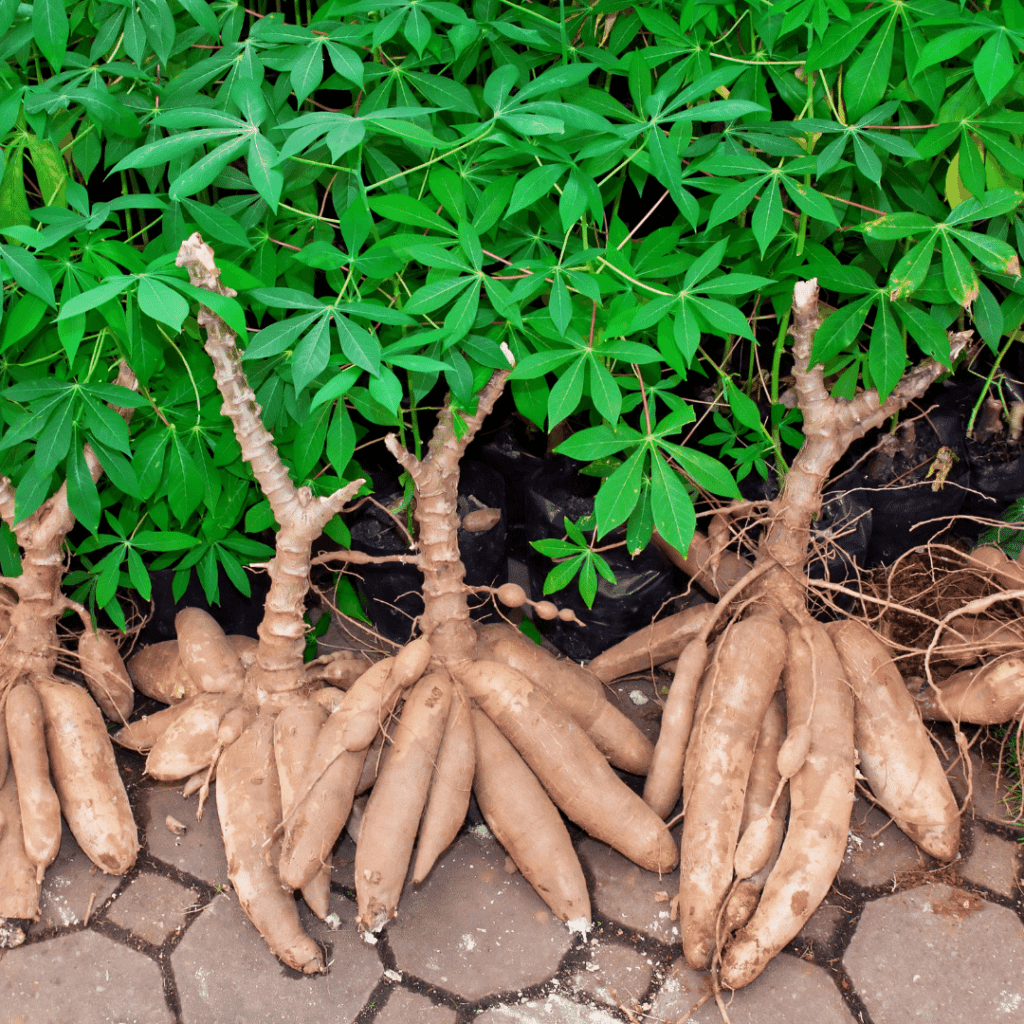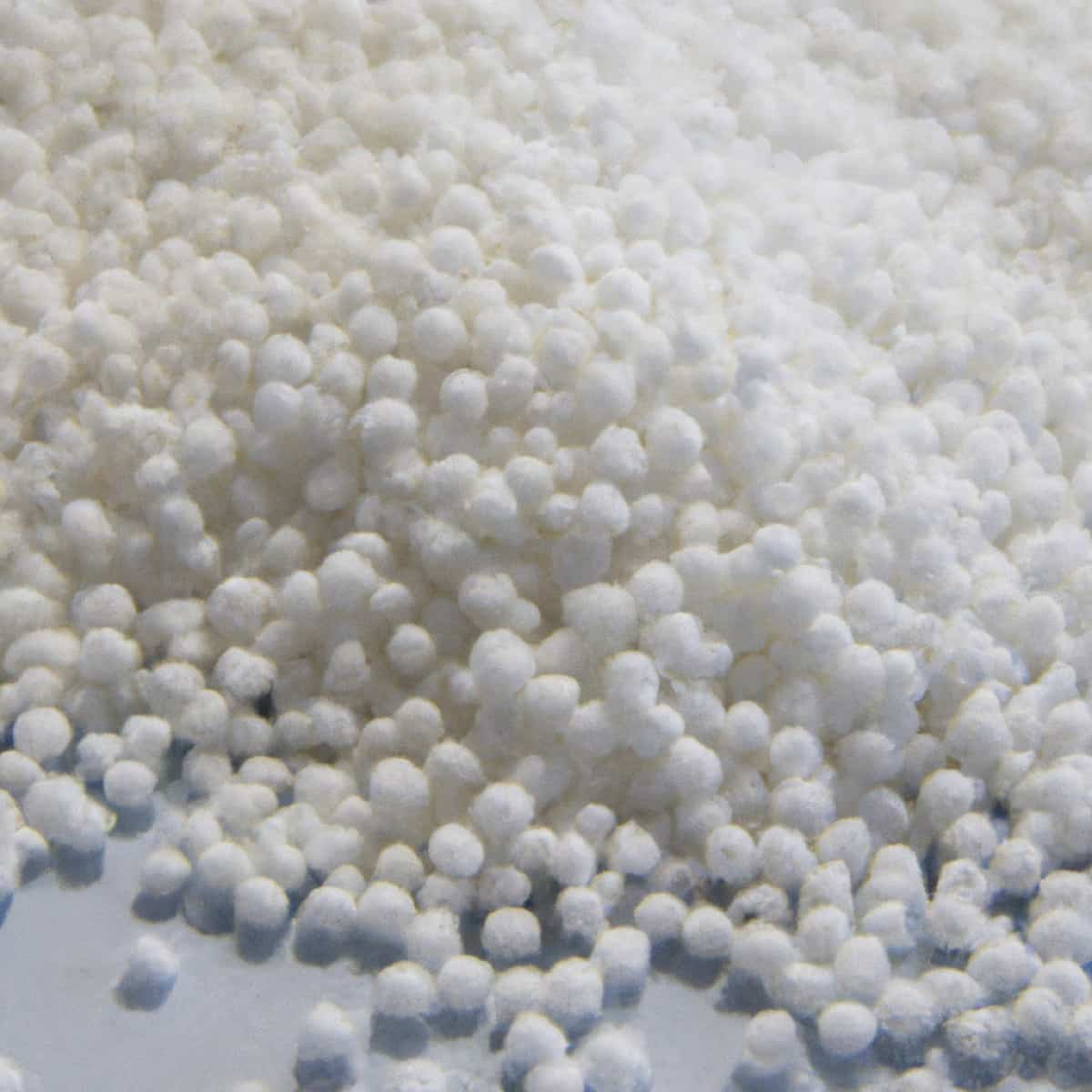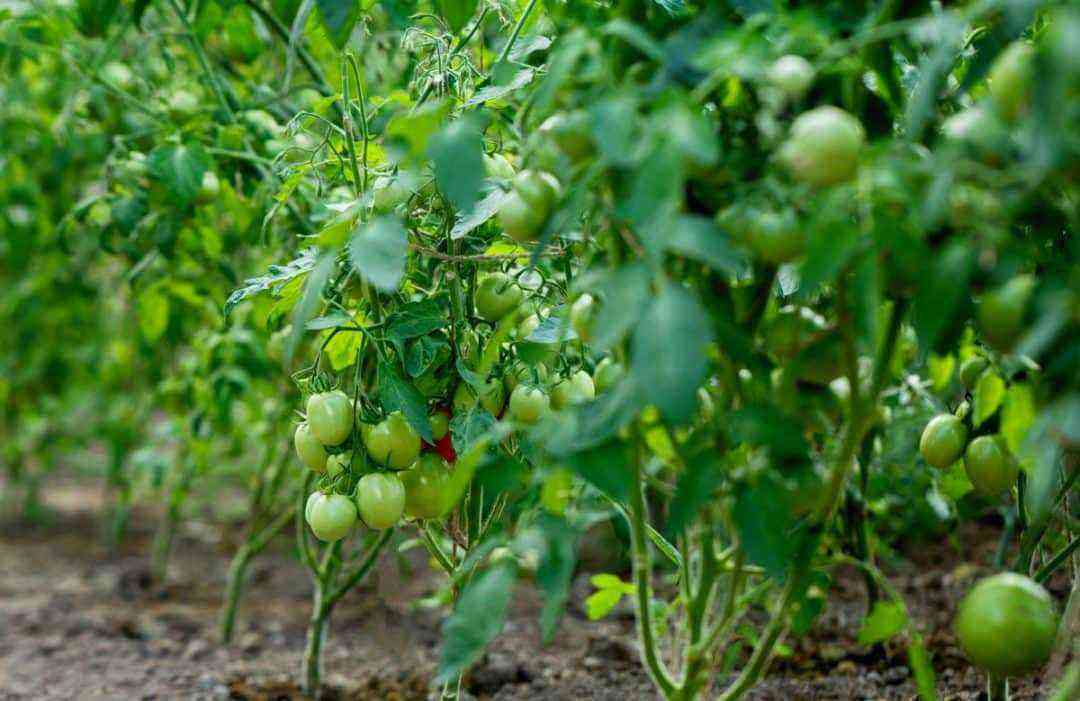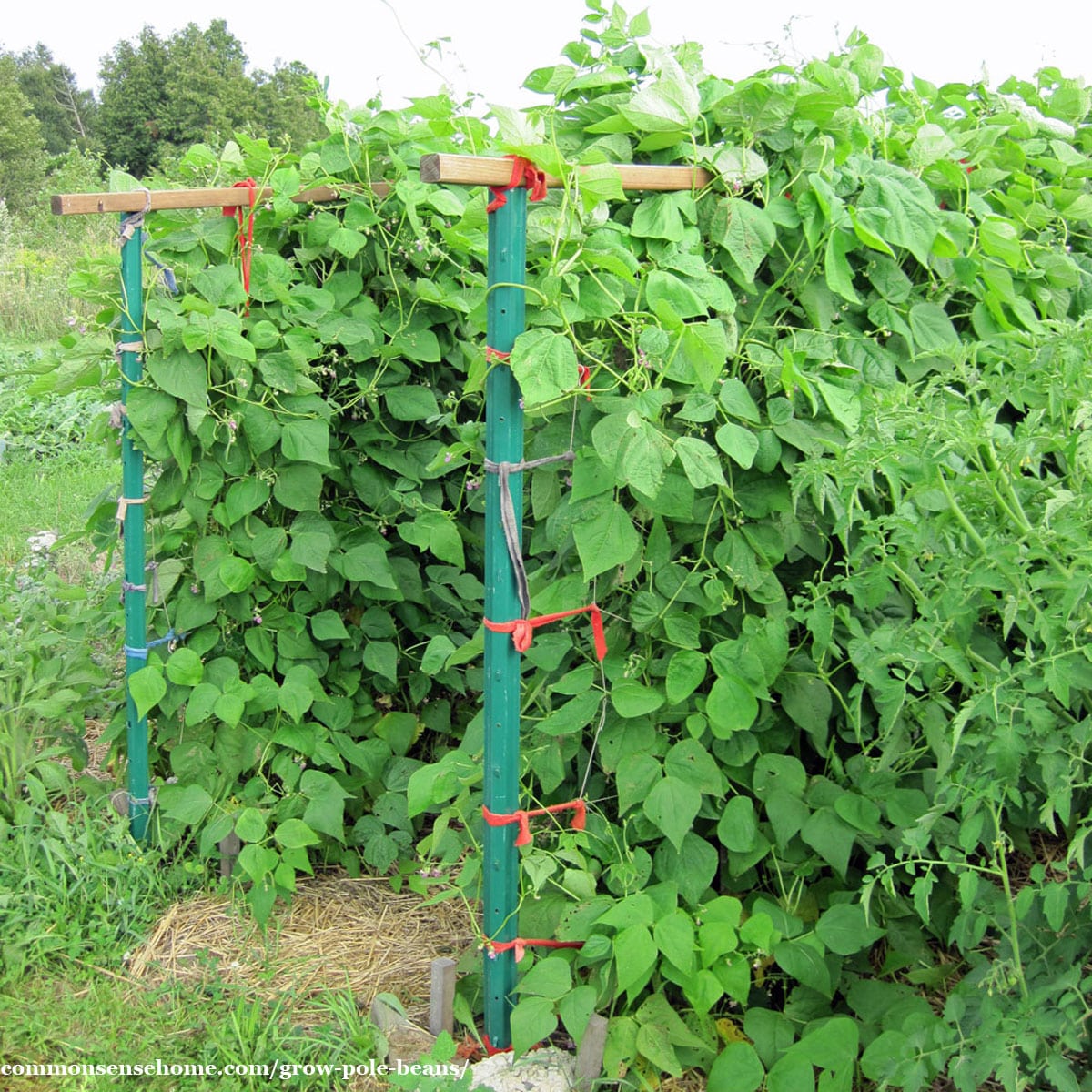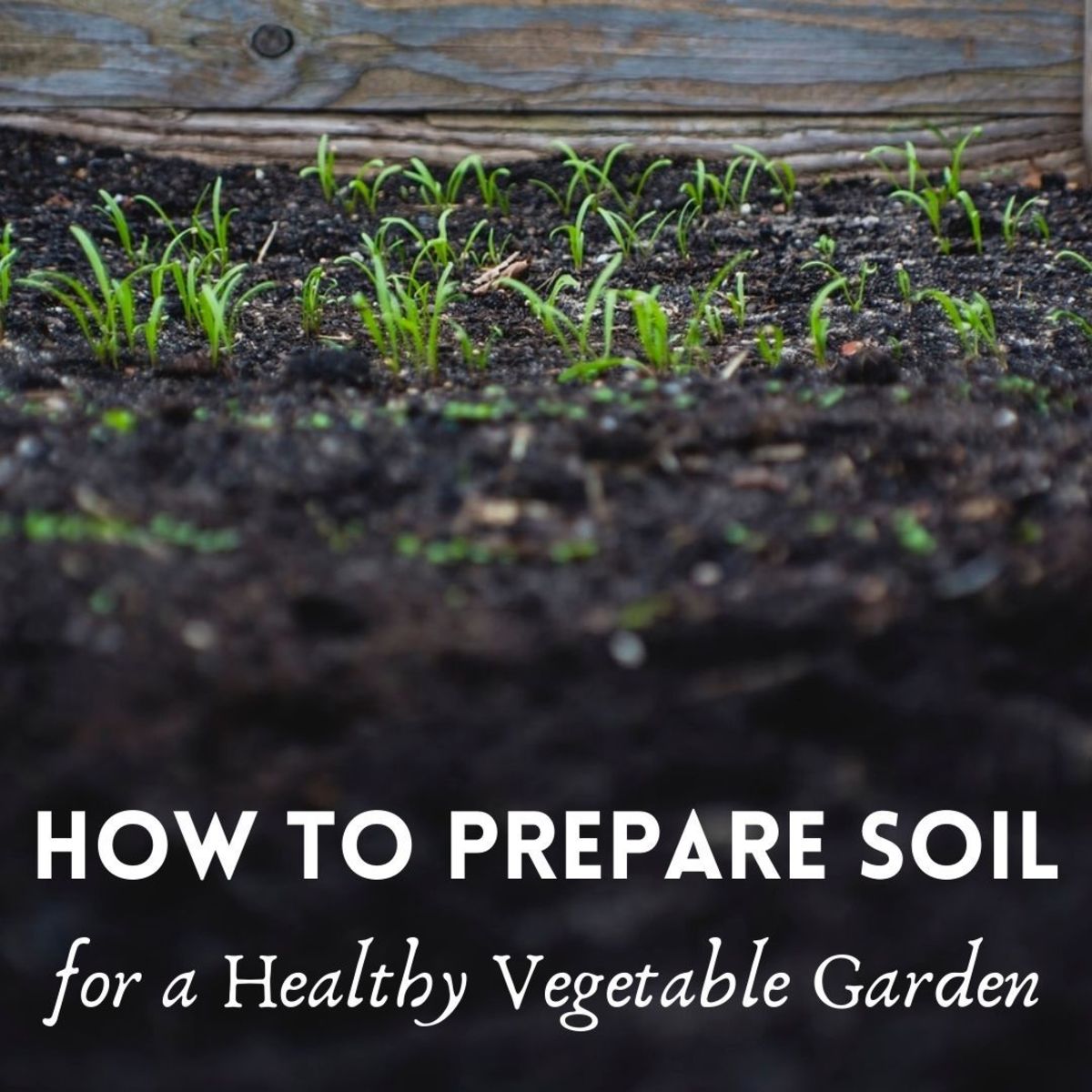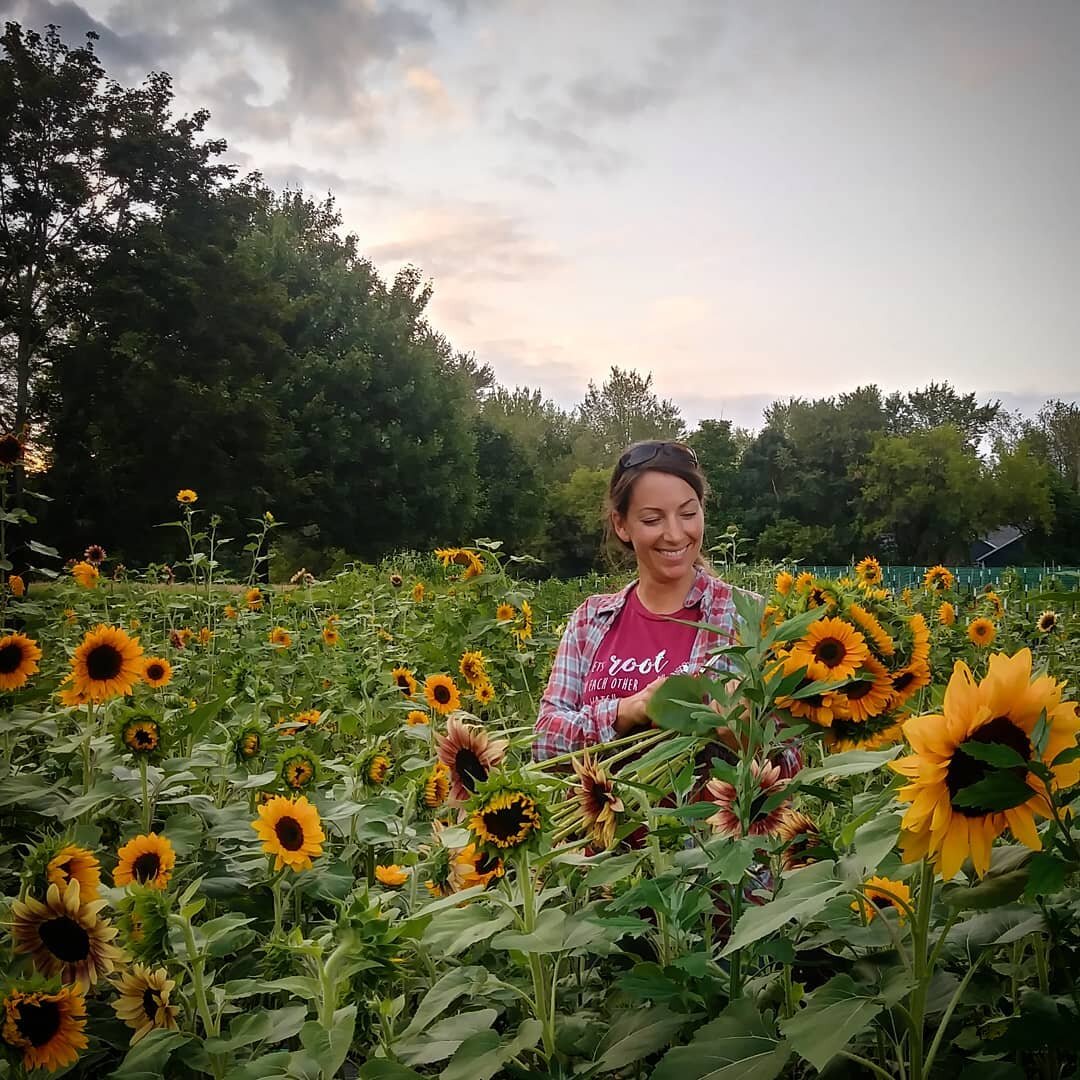Find out how the proper management of pesticides can reduce the risks of accidents and contamination and if there is any topic that is heating up debates throughout Brazil, both in civil society and in the Three Powers: it is the use and management of pesticides.
Present in several stages of production, these agricultural inputs are extremely important for Brazilian crops, within the contemporary commercial logic they can be said to be indispensable.
Thus, given that the abolition of pesticides is unfeasible for current production, is there any way to deal with its side effects?
Yes, there is, and that’s exactly what today’s article will talk about. So stay with us and discover how the proper pesticide management can reduce the risk of accidents and contamination. Follow up!
How to reduce contamination and accidents in the application of pesticides?
The use of pesticides is commonplace in the field, but some measures can reduce the impact of these chemical inputs, both for the health of the worker and for the environment. Here are some examples:
1. Integrated management
There are at least two types of management, developed by the Brazilian Agricultural Research Corporation (Embrapa), which are extremely effective in assessing whether a crop really needs pesticide application.
The first is the Integrated Management of Pragues (MIP), which only requires a one-meter-long fabric.
This fabric is stretched in front of a one-meter line of the culture being examined and serves as a kind of net that, after shaking the plantation, captures insects that may parasitize on it.
For each pest there is a tolerable amount that determines the need to apply a pesticide. Below this amount, application is not required.
The second is the Integrated disease management (MID), which is used to capture fungi and other microorganisms. It basically consists of an open tube with a microscope slide inserted inside.
As the fungal spores are light, they are spread by the wind. Therefore, when they pass through this tube and get stuck on the slide, they are sent to a laboratory to find out if the microorganism trapped in that slide is pathological or not.
This promotes the need or not need for a pesticide application.
2. Soil conservation systems
Soil conservation systems are nothing more than barriers built so that the remnants of chemical agents do not reach waters and springs.
These barriers can be as diverse as possible, ranging from terraces to contour lines. The important thing is that the rainwater, carrying the chemical remnants, is dammed and, little by little, infiltrates the soil.

Contours act as barriers
As there are filtering agents in the soil, this water can even reach rivers or groundwater, however it is likely that it is even cleaner than these sources themselves.
3. General safety rules
There is comprehensive legislation on the chemical use and storage. These standards are very emphatic in determining the minimization of worker exposure to pesticides, through clothing that covers all parts of the body and intelligent handling.
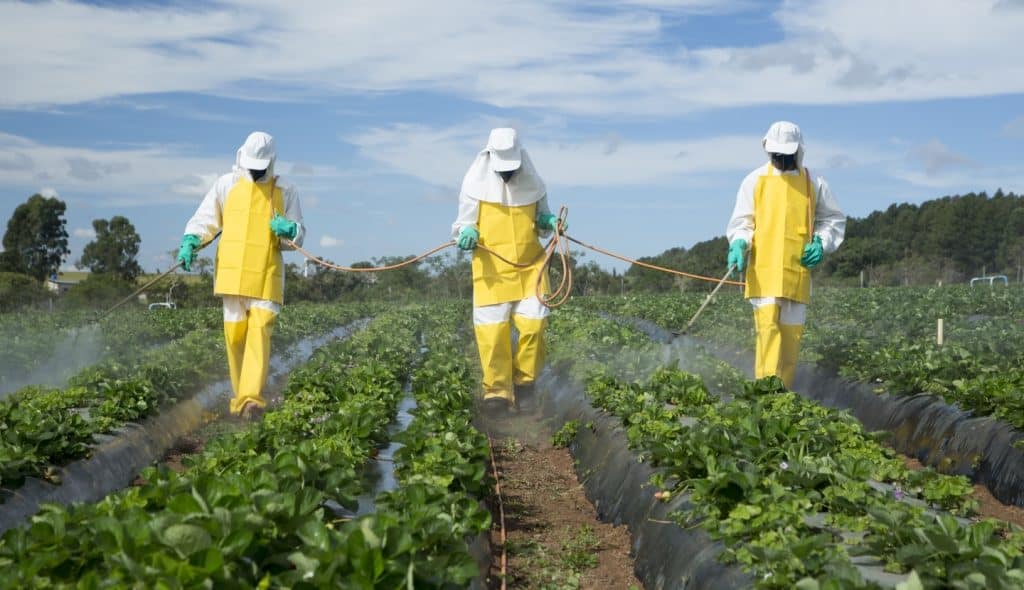
Application of pesticides in the garden, following proper instructions for use.
Among the main recommendations, we can exemplify the following:
• Use of all PPE (personal protective equipment);
• Label reading;
• Check calibration with water only;
• Apply in the cooler hours of the day;
• Do not apply pesticides in the presence of winds;
• Pay attention to the destination of packages after use.
Do you understand how the proper management of pesticides can reduce the risks of accidents and contamination?
See also: 5 tips for weed management
